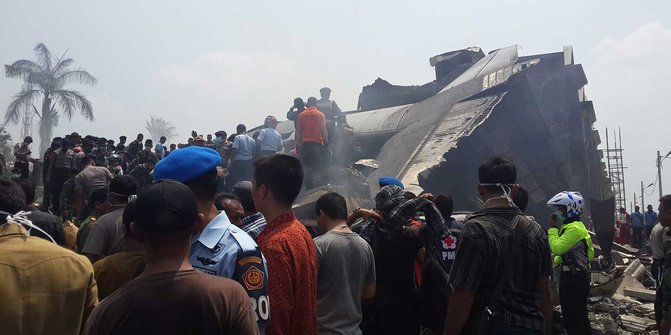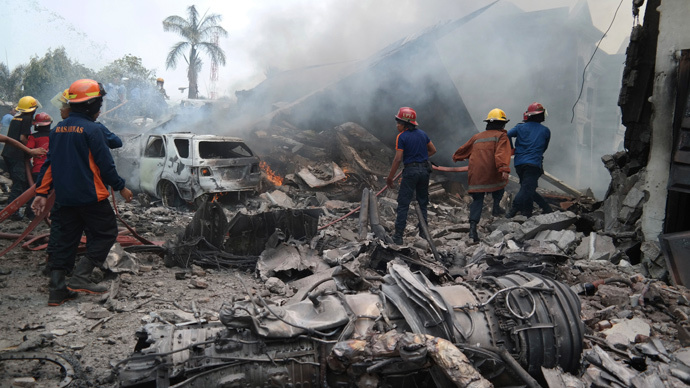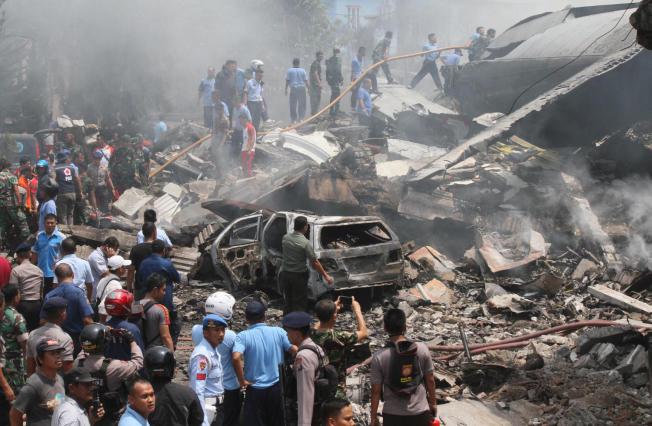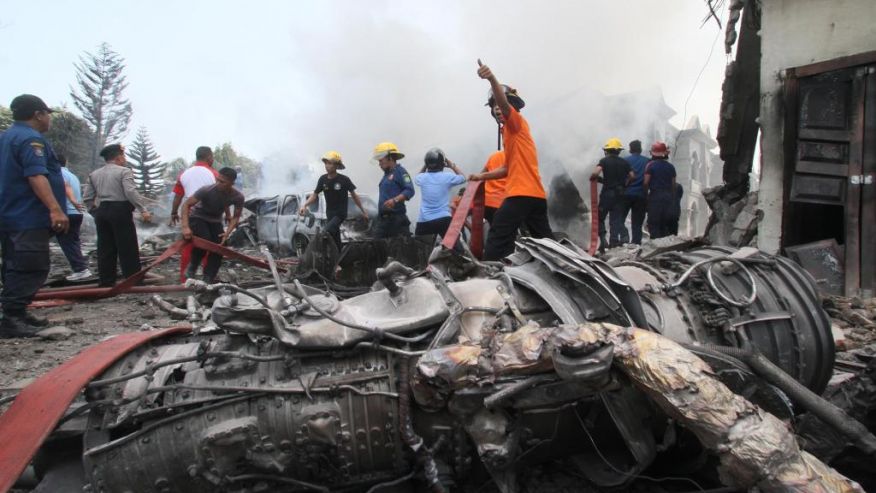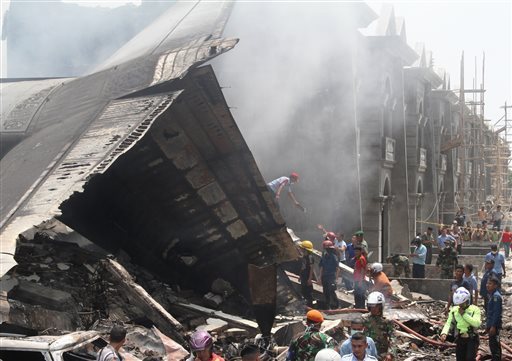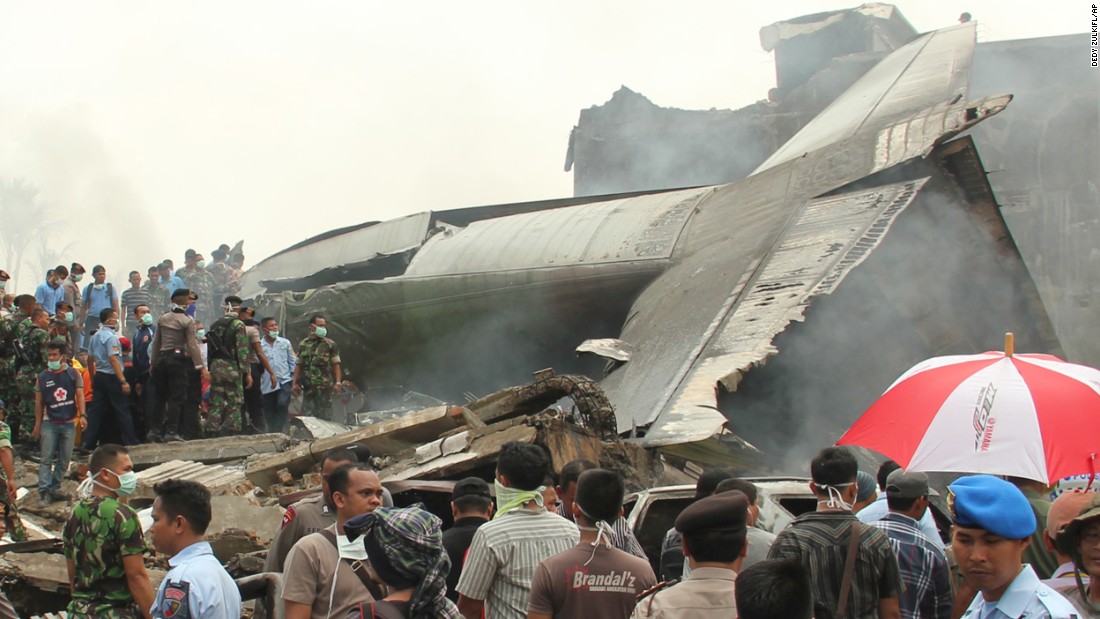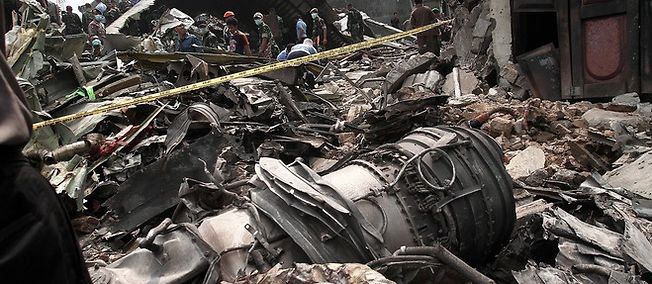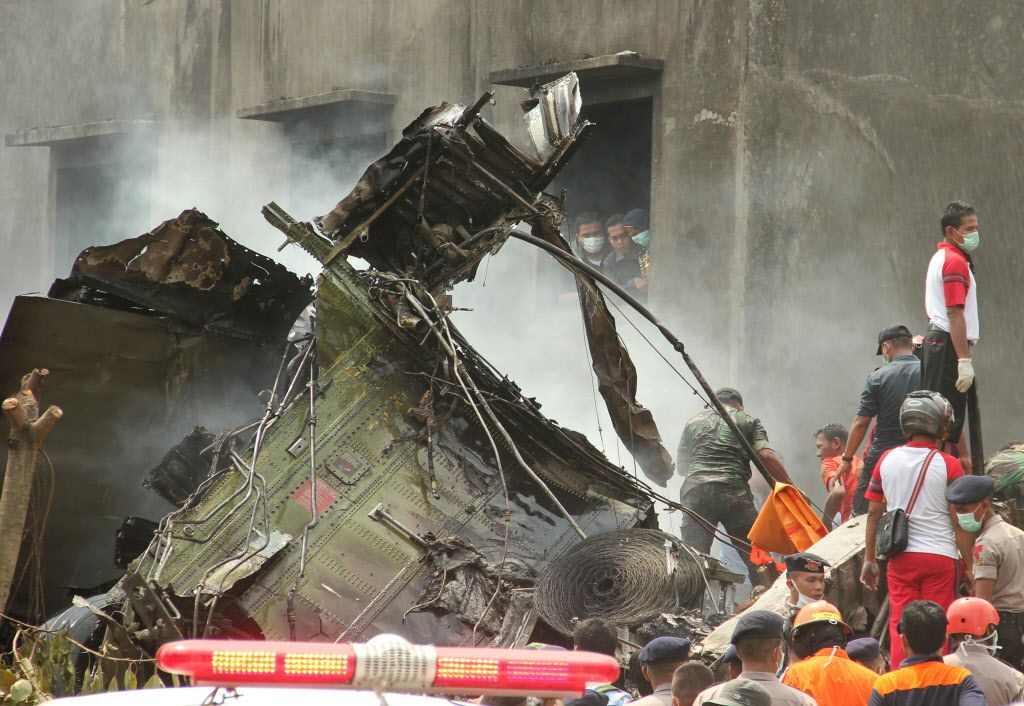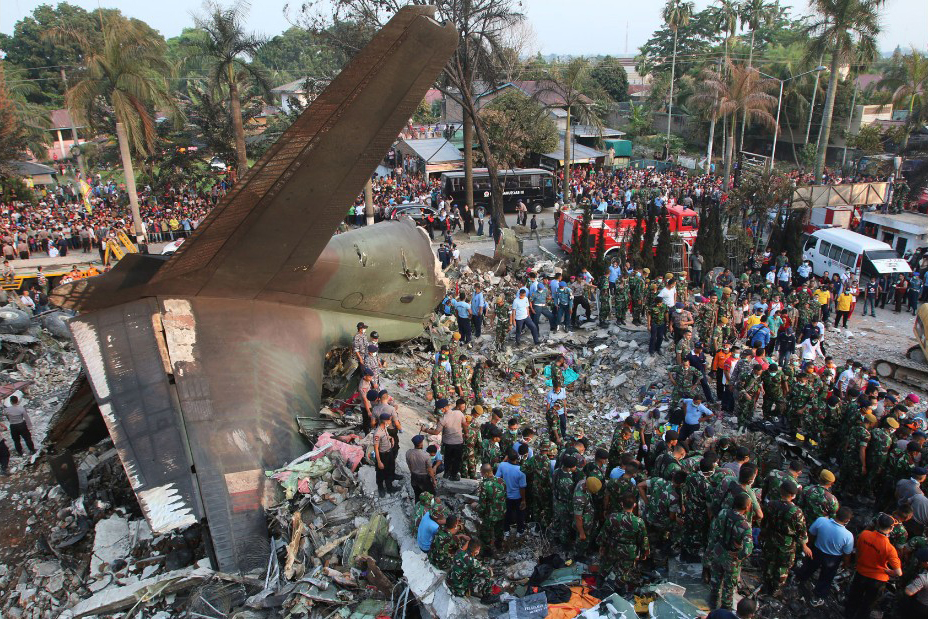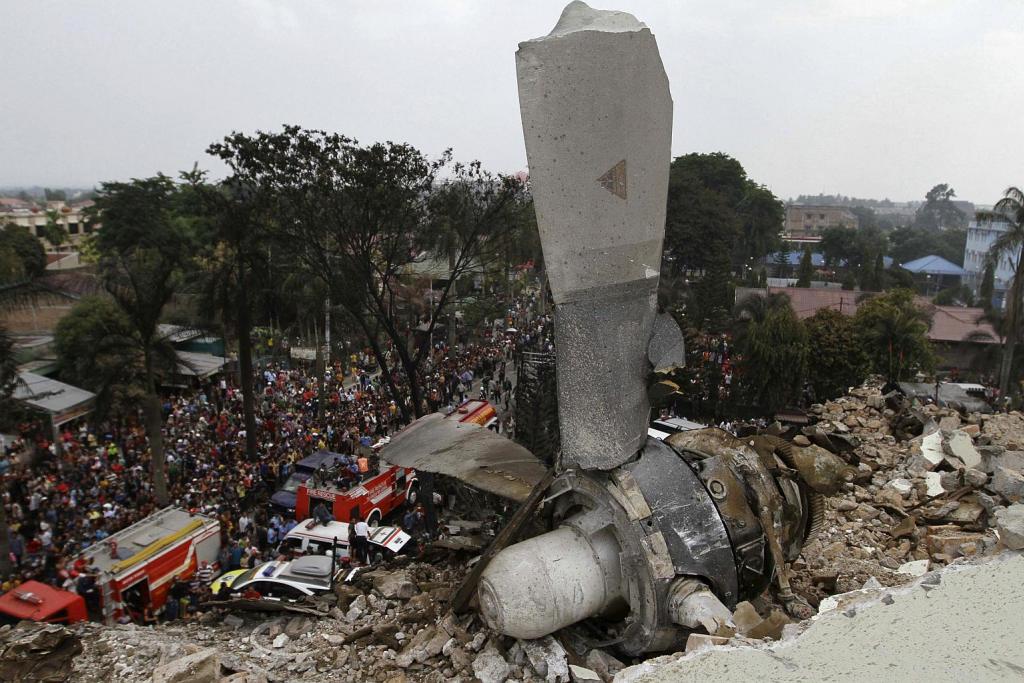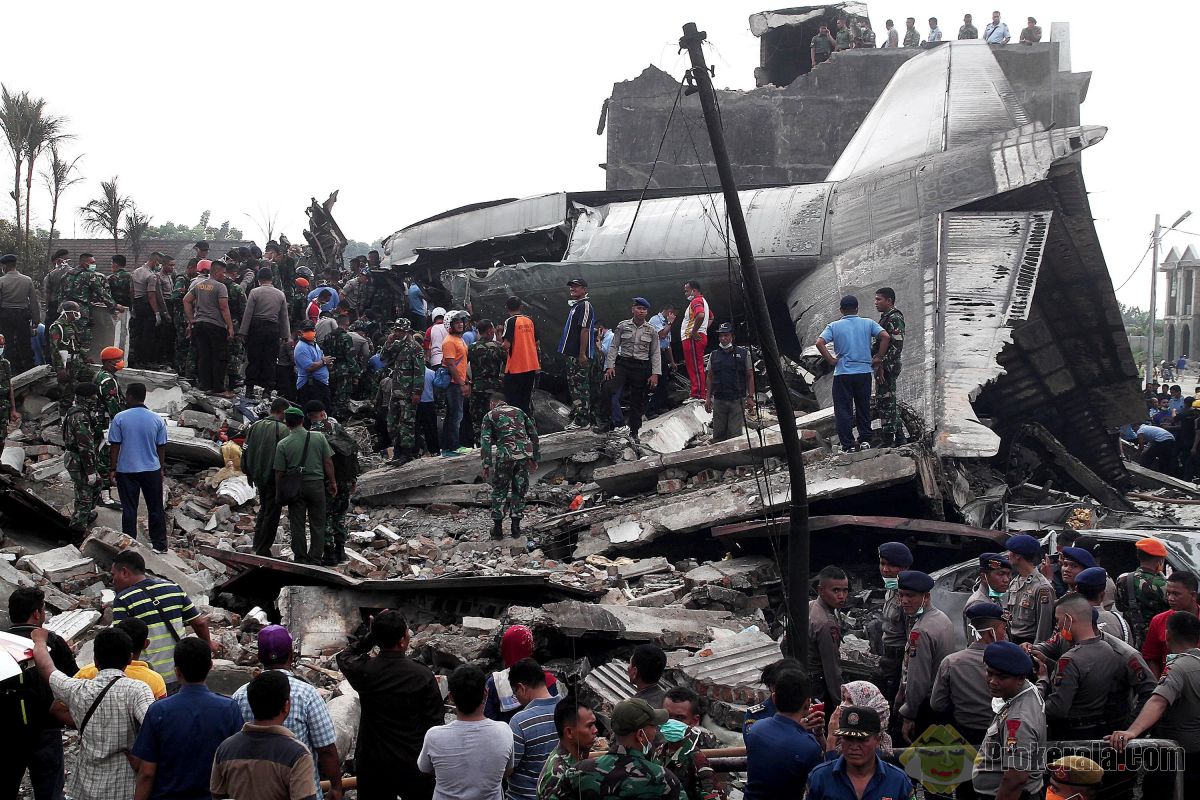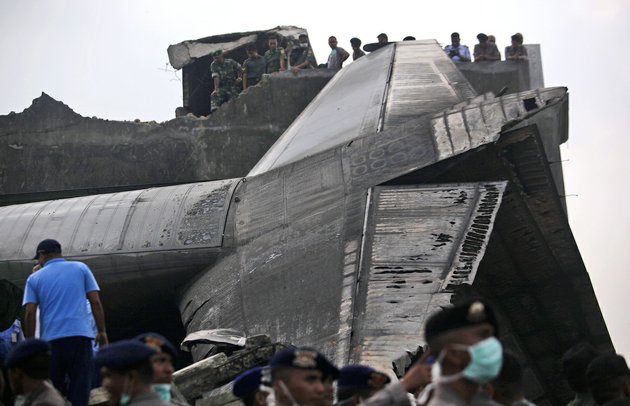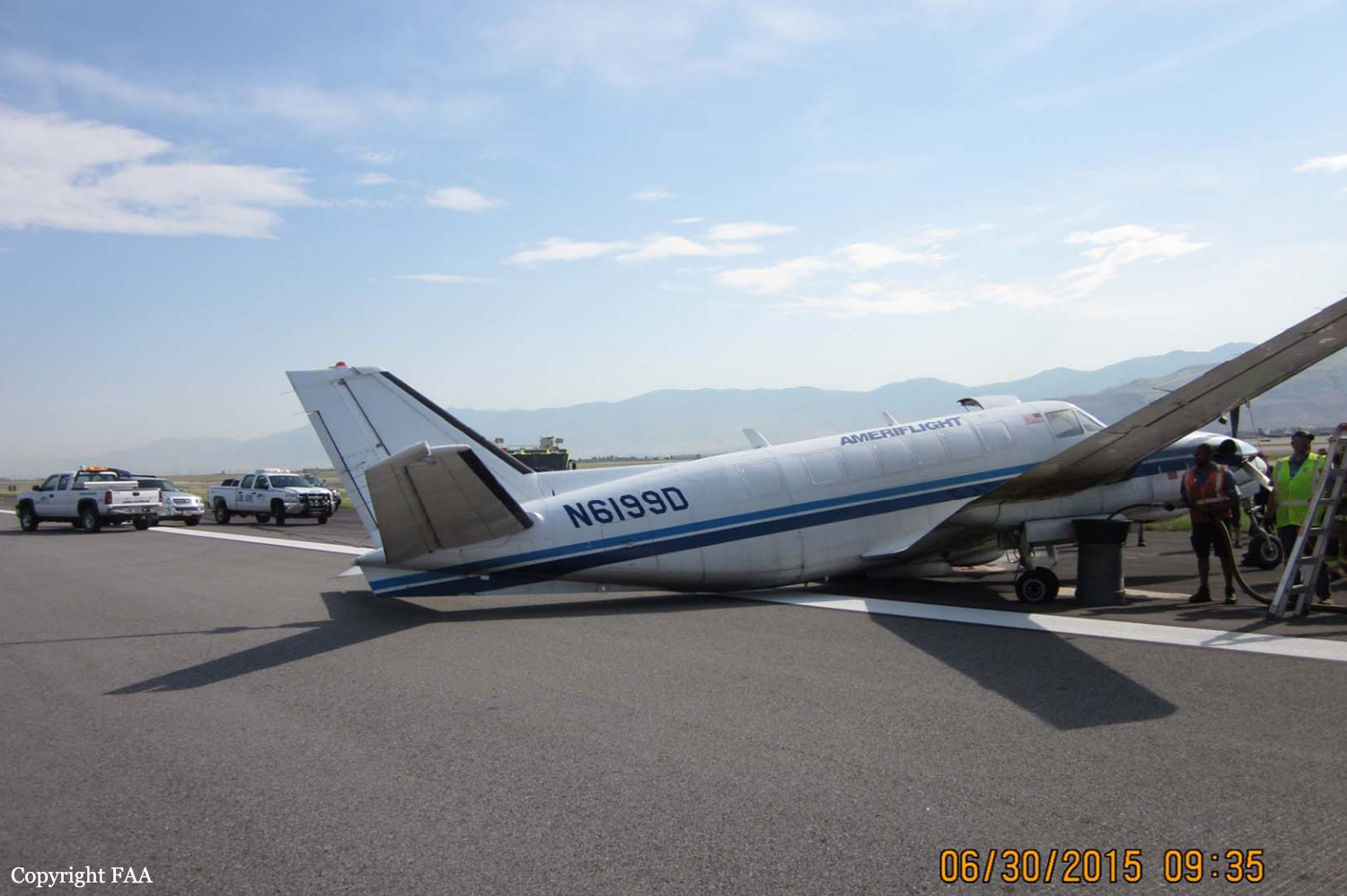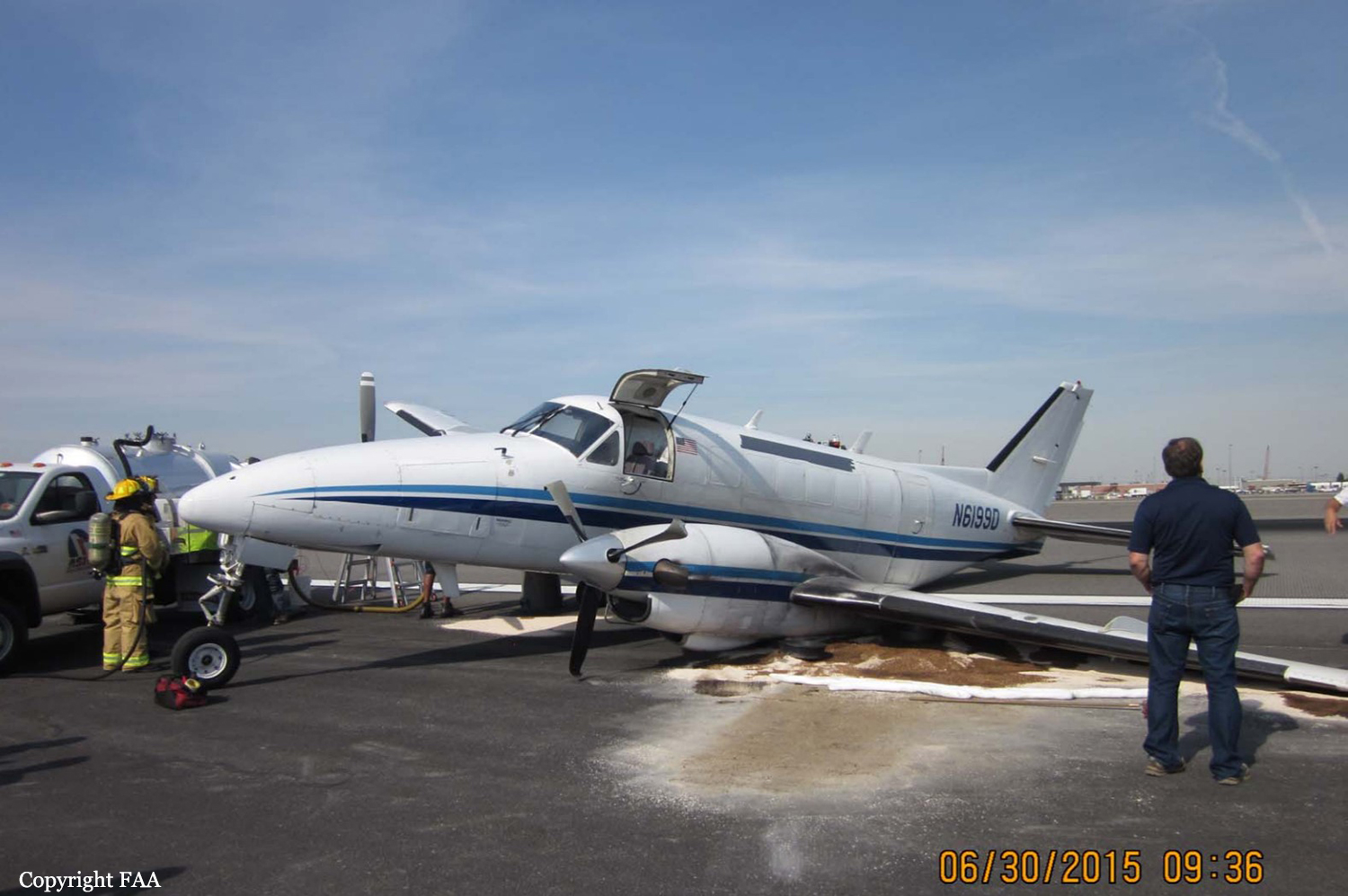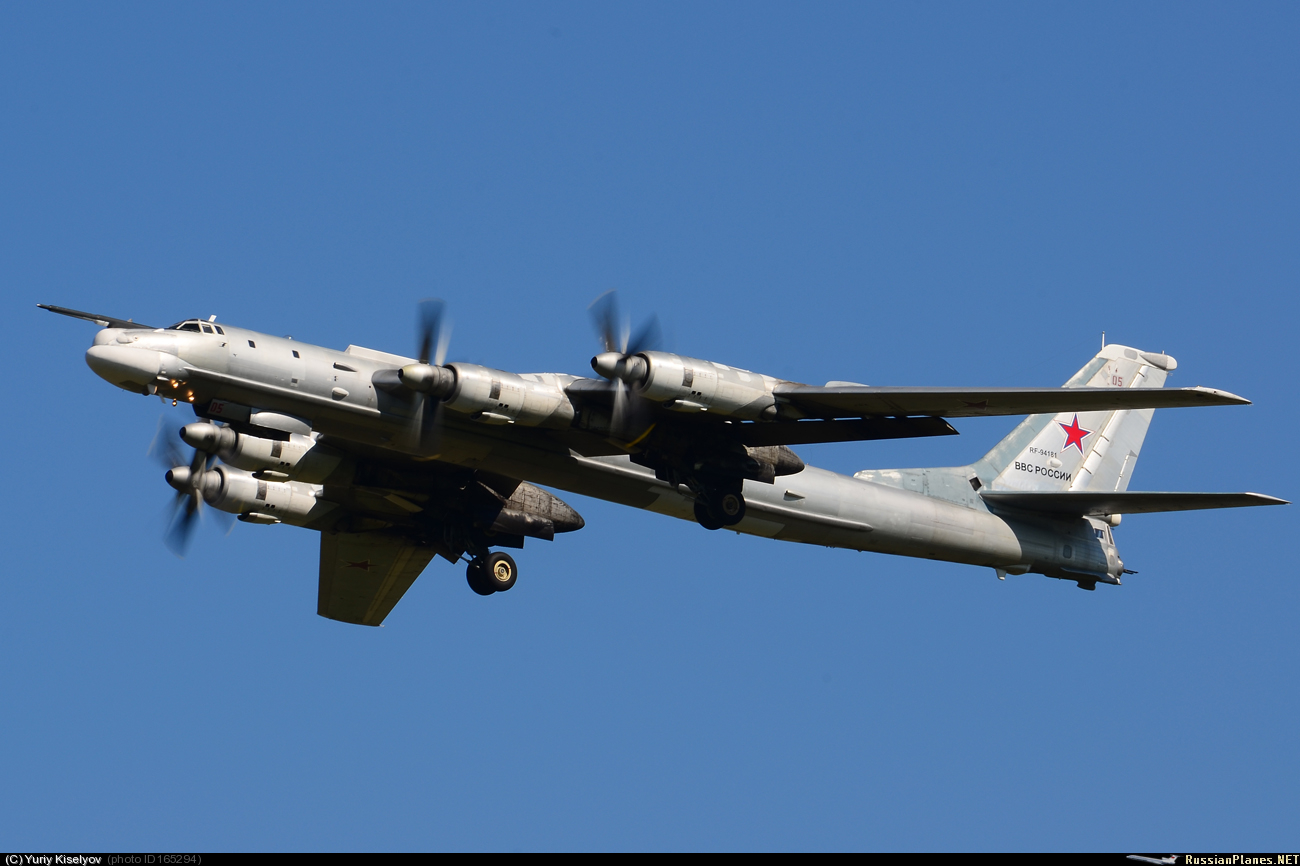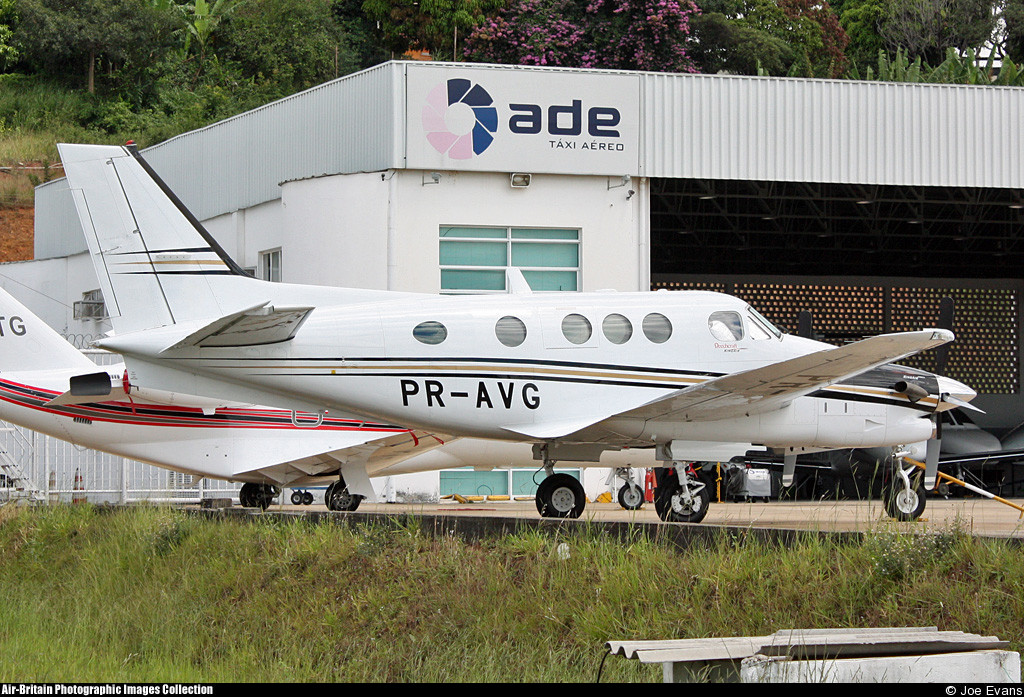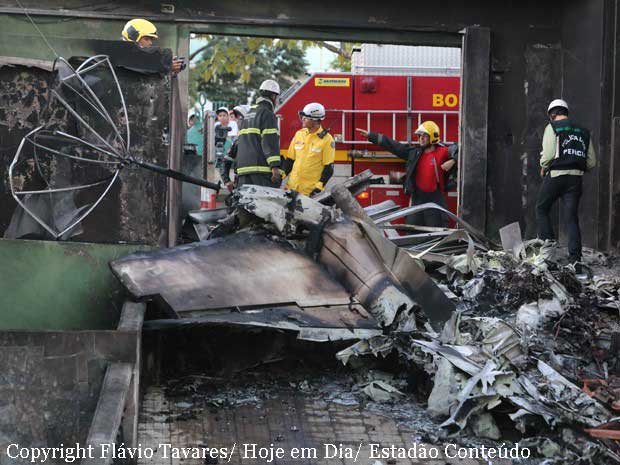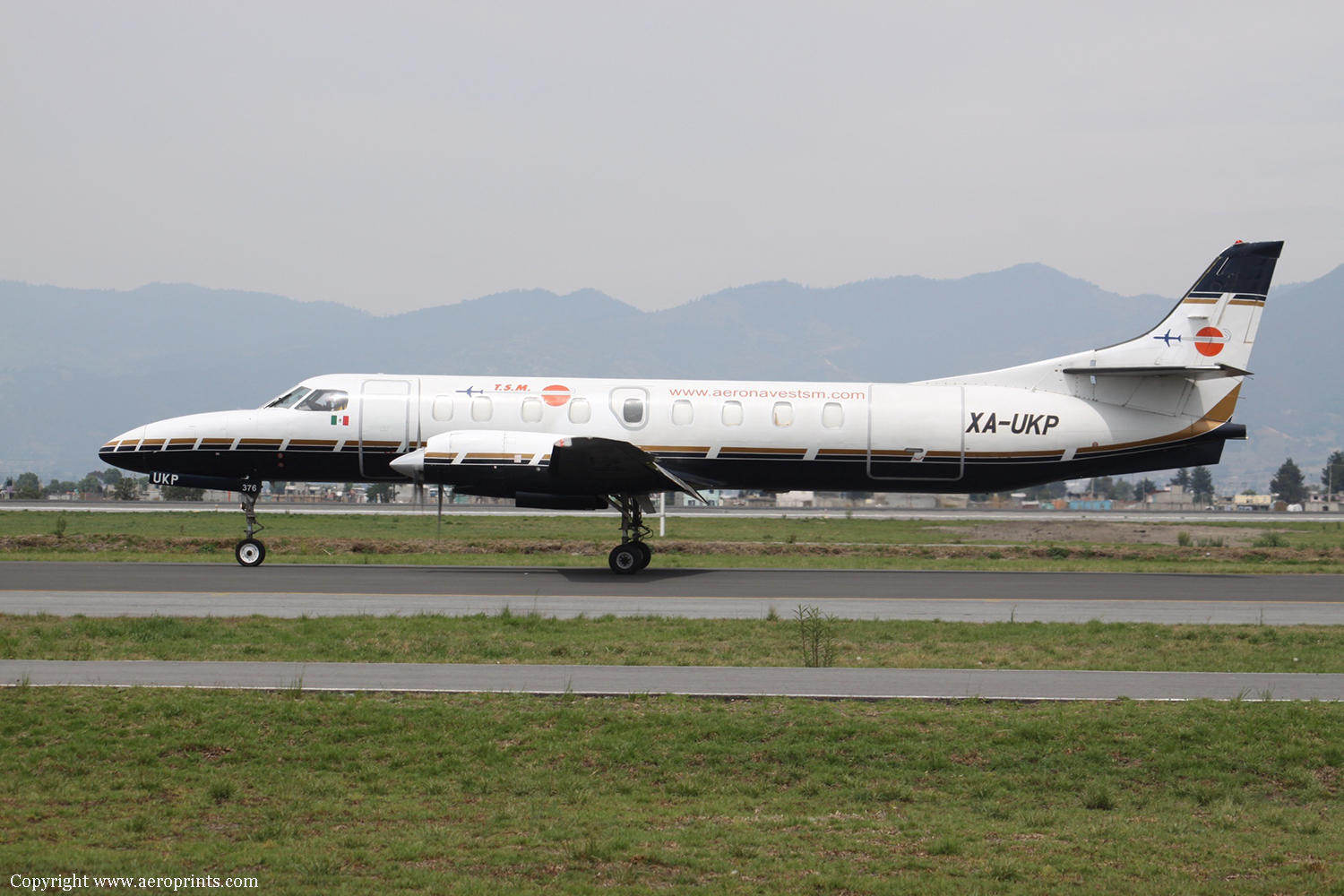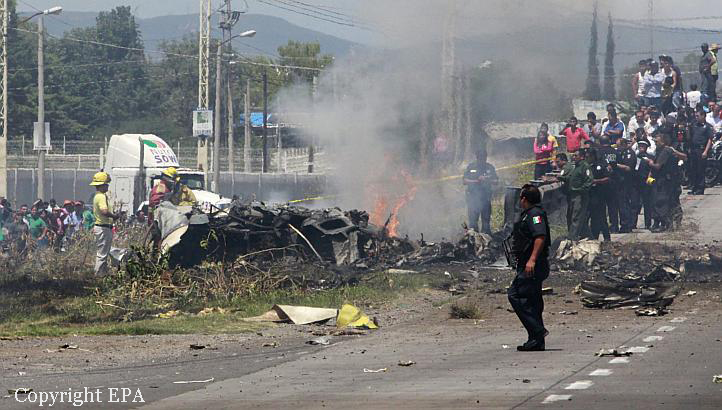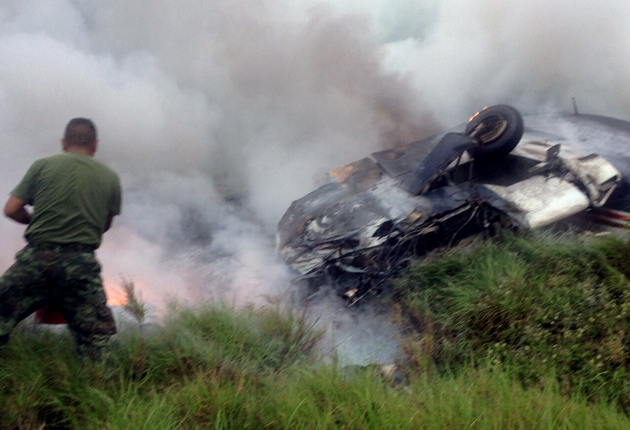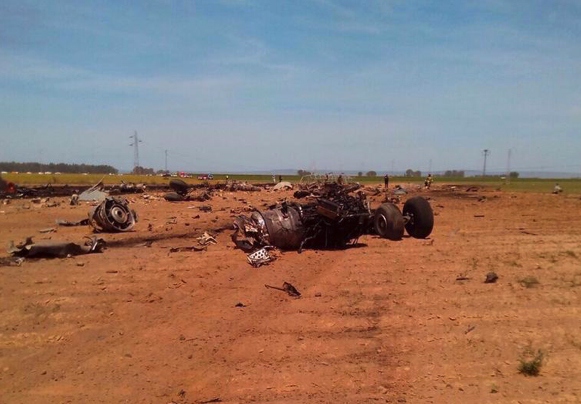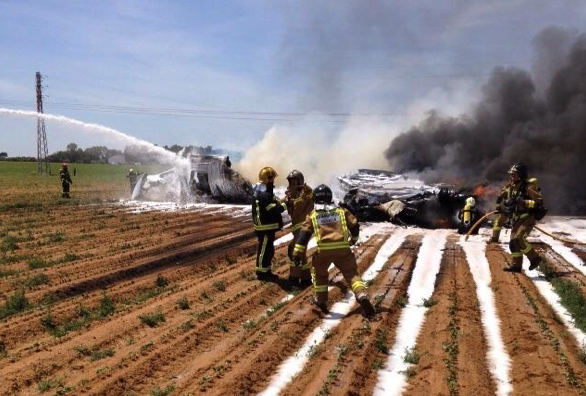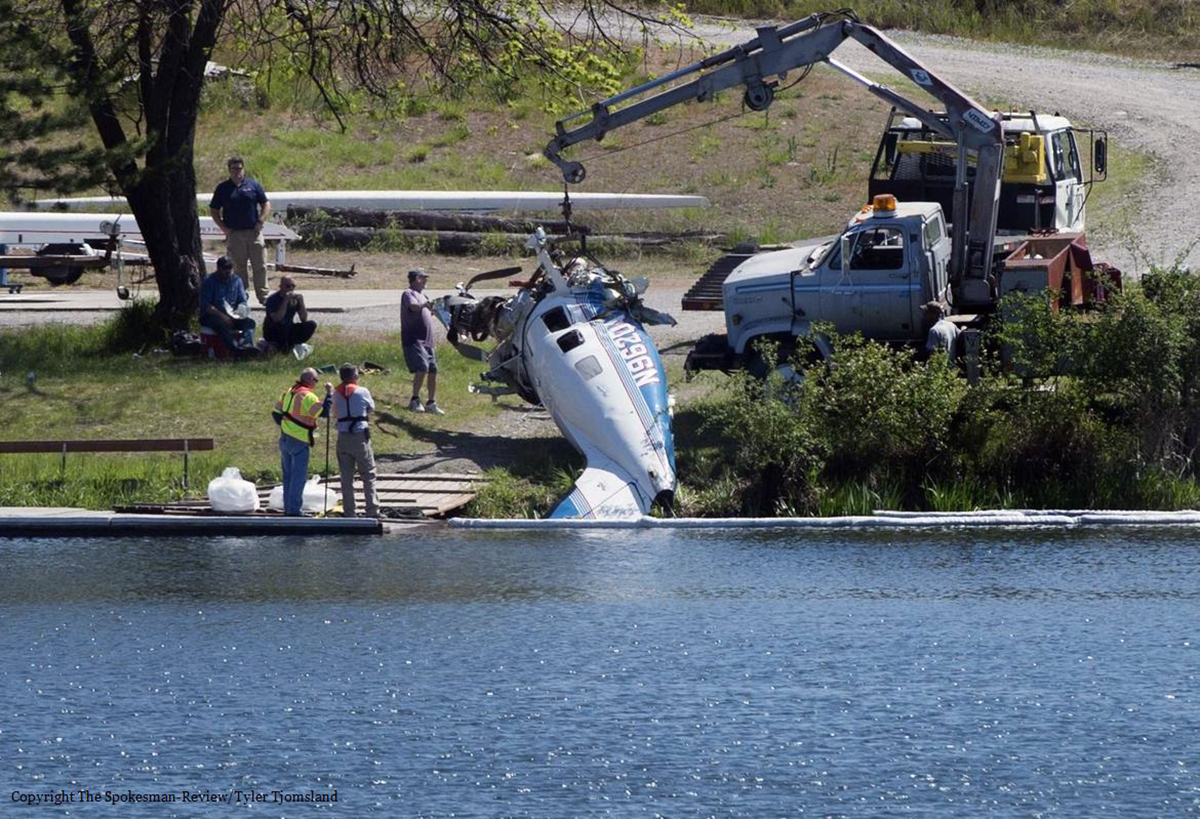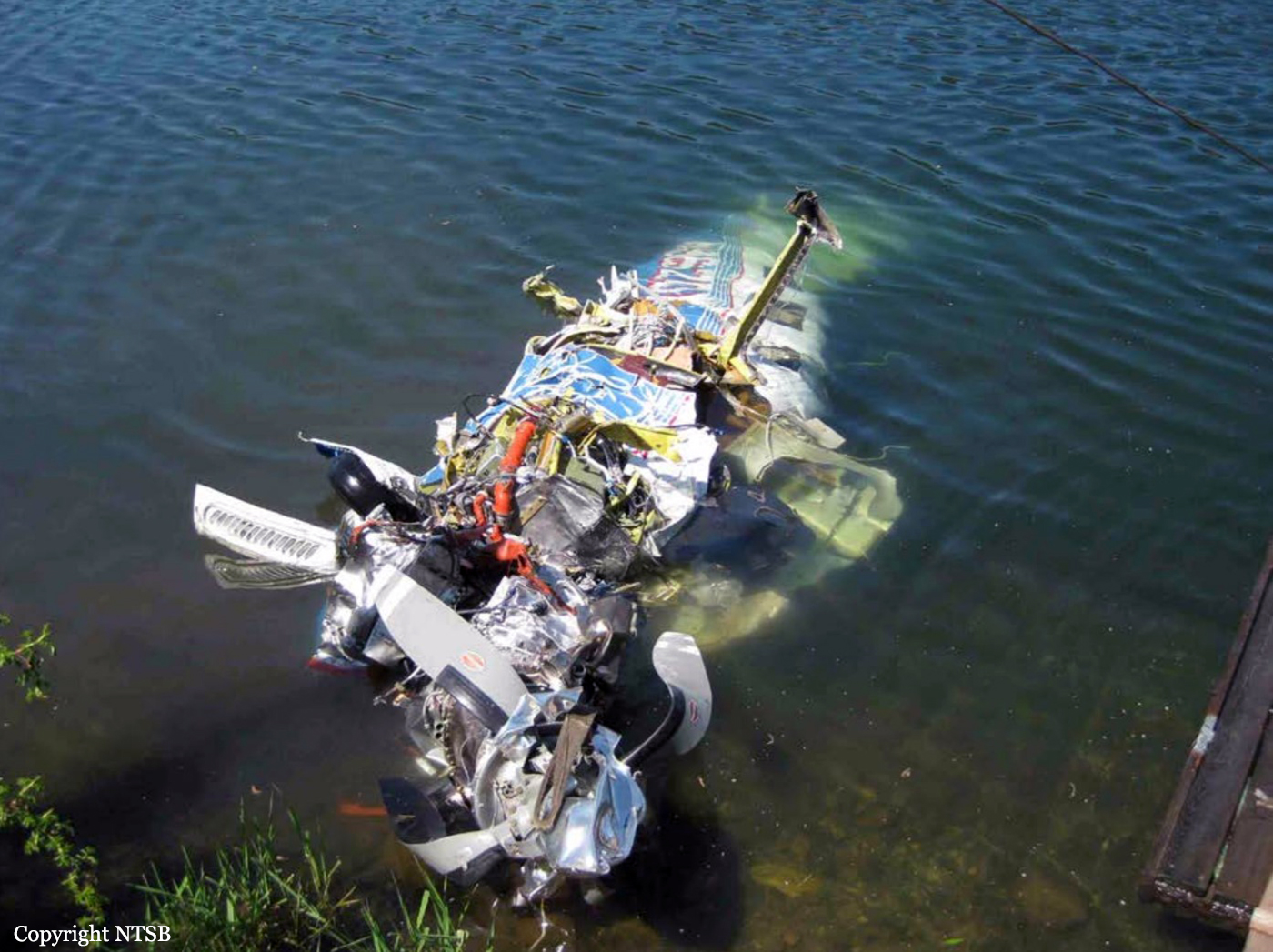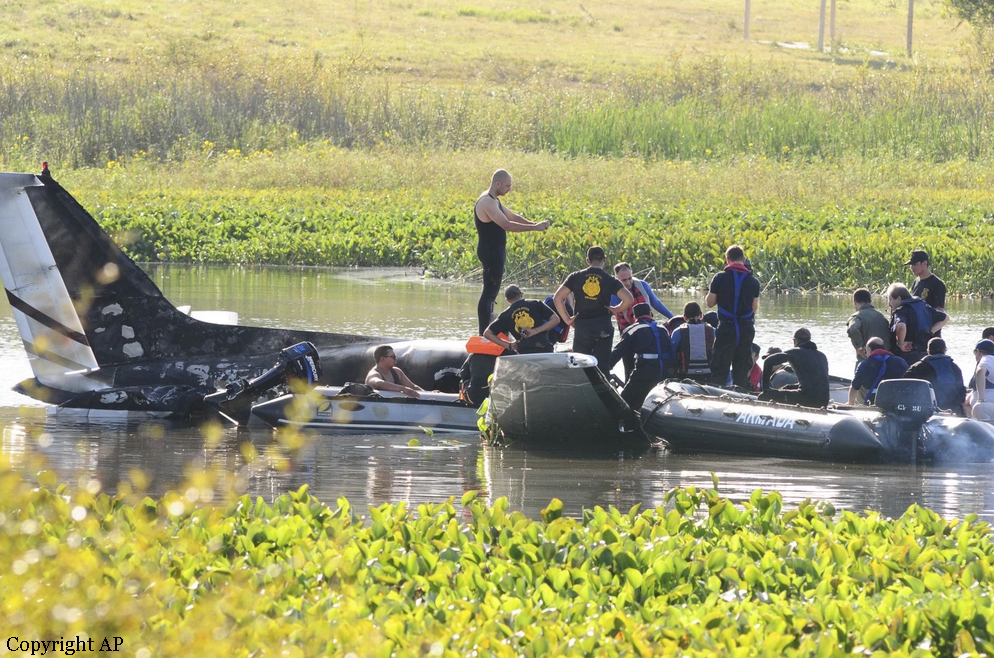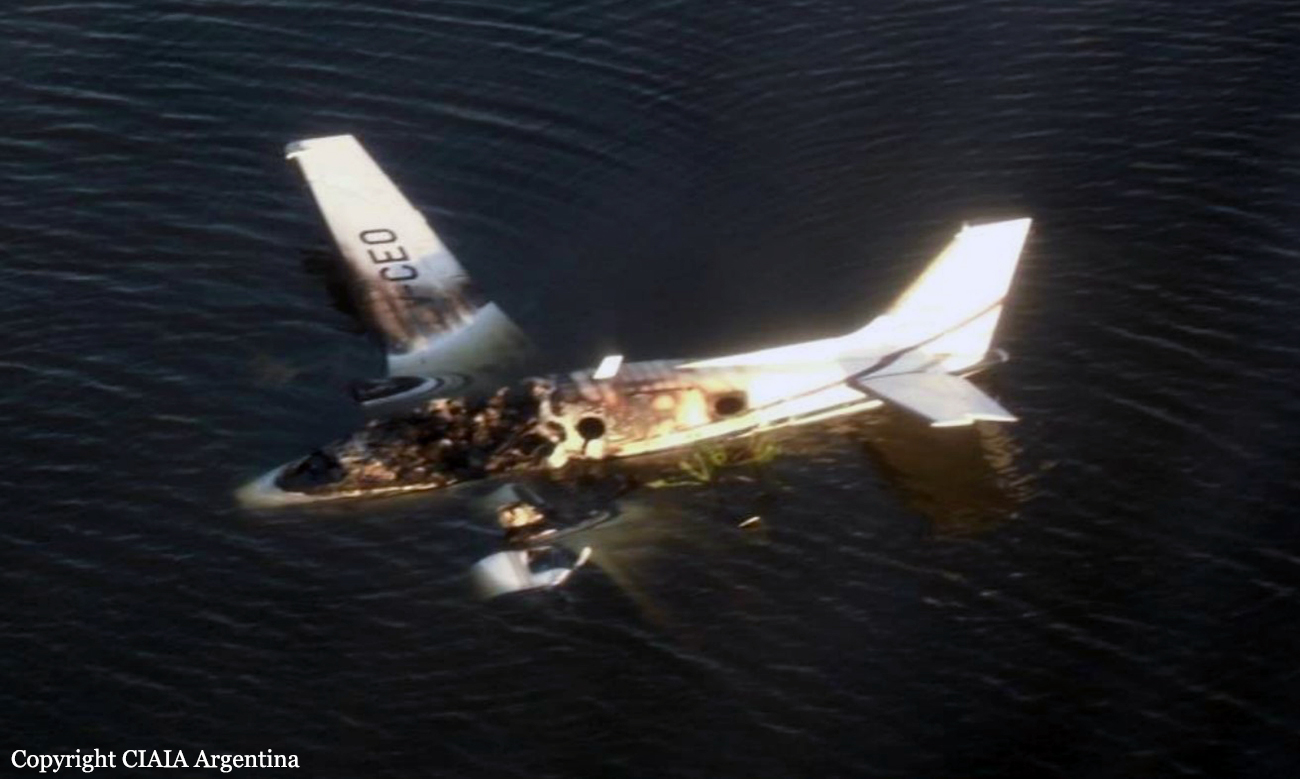Crash of a Lockheed KC-130B Hercules in Medan: 139 killed
Date & Time:
Jun 30, 2015 at 1150 LT
Registration:
A-1310
Survivors:
No
Schedule:
Medan – Tanjung Pinang
MSN:
3616
YOM:
1961
Crew on board:
11
Crew fatalities:
Pax on board:
111
Pax fatalities:
Other fatalities:
Total fatalities:
139
Circumstances:
Two minutes after takeoff from Medan-Soewondo AFB Airport Runway 23, while climbing in good weather conditions, the crew reported technical problem. The aircraft encountered difficulties to gain height, banked to the right, hit a utility pole and the roof of a building then crashed inverted in a huge explosion in a suburb located less than 5 km from the airport. The aircraft was destroyed by impact forces and a post crash fire and several buildings were destroyed as well. All 122 occupants as well as 17 people on the ground were killed. 20 others were injured. It is believed that an engine failed during initial climb.
Crew:
1st Lt Sandi Permana, pilot,
1st Lt Pandu Setiawan, copilot,
Lt Dian Sukman P, copilot,
Cpt Riri Setiawan, navigator,
Serma Bambang H, radio operator,
Peltu Ibnu Kohar, flight engineer,
Pelda Andik S, flight engineer,
Peltu Ngateman, load master,
Peltu Yahya Komari,
Pelda Agus P,
Dan Prada Alvian.
Crew:
1st Lt Sandi Permana, pilot,
1st Lt Pandu Setiawan, copilot,
Lt Dian Sukman P, copilot,
Cpt Riri Setiawan, navigator,
Serma Bambang H, radio operator,
Peltu Ibnu Kohar, flight engineer,
Pelda Andik S, flight engineer,
Peltu Ngateman, load master,
Peltu Yahya Komari,
Pelda Agus P,
Dan Prada Alvian.





